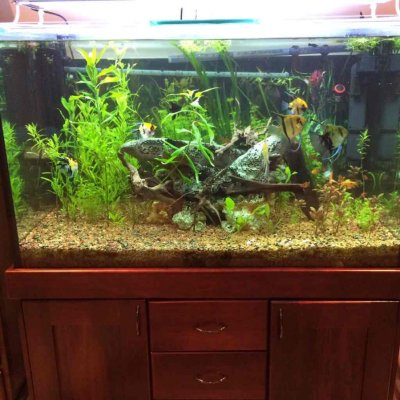Hi,
I'm getting stem plants that are breaking off at the base. About one or two a week are going. It's a little frustrating as some are pretty slow growing.
I found a few pics to show what looks like a length of the plant has been taken off. Otherwise the plants seem to have less algae than normal and I'm stuck. Its the plant on the right and looks like the "bark" has been taken off.
Dosing EI ferts roughly (higher in K) + substrate tabs and injected CO2 / quad T5HO.
Any ideas welcome. I do have bn catfish so wondering if it could be them? Was thinking of trying a little picket fence to test the idea??
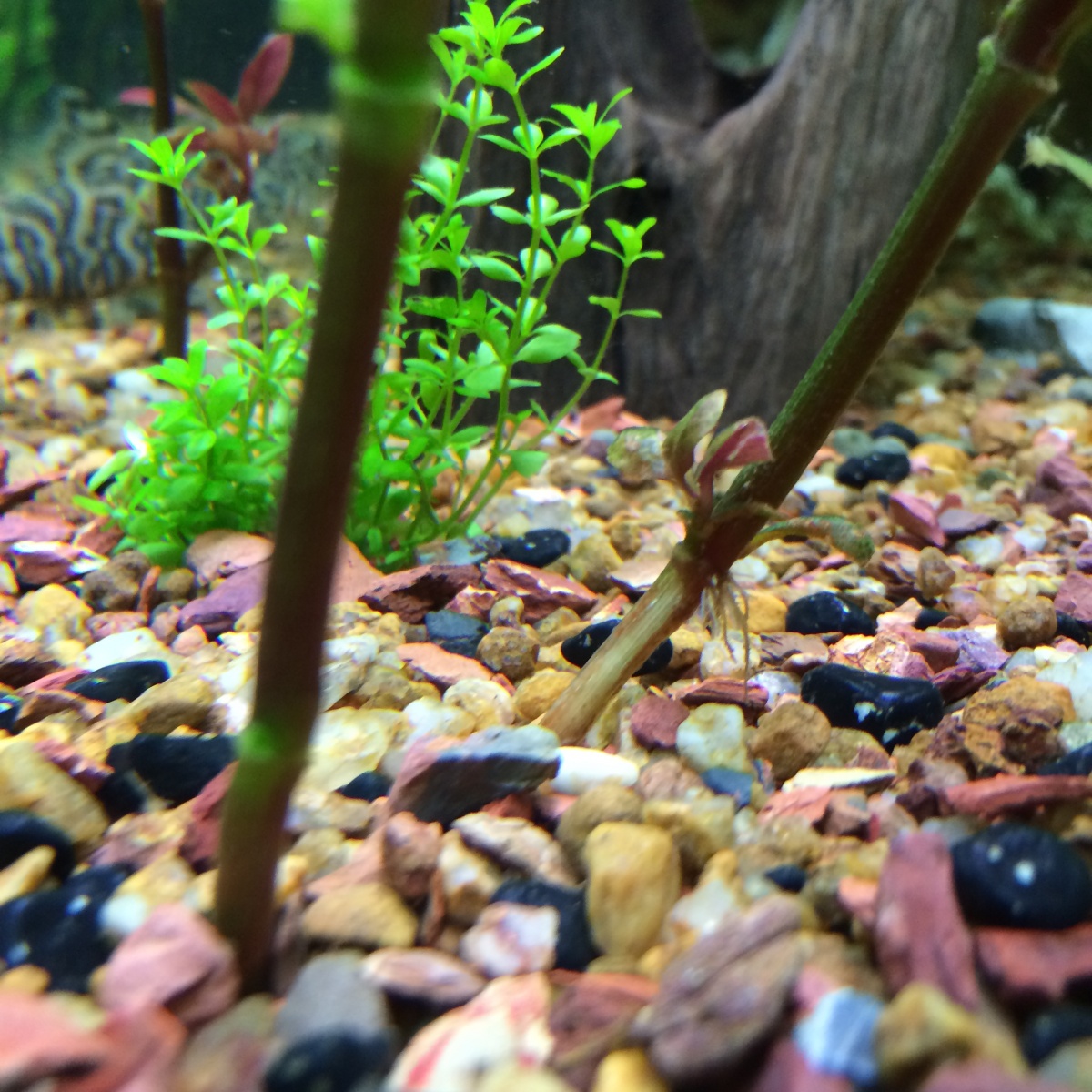
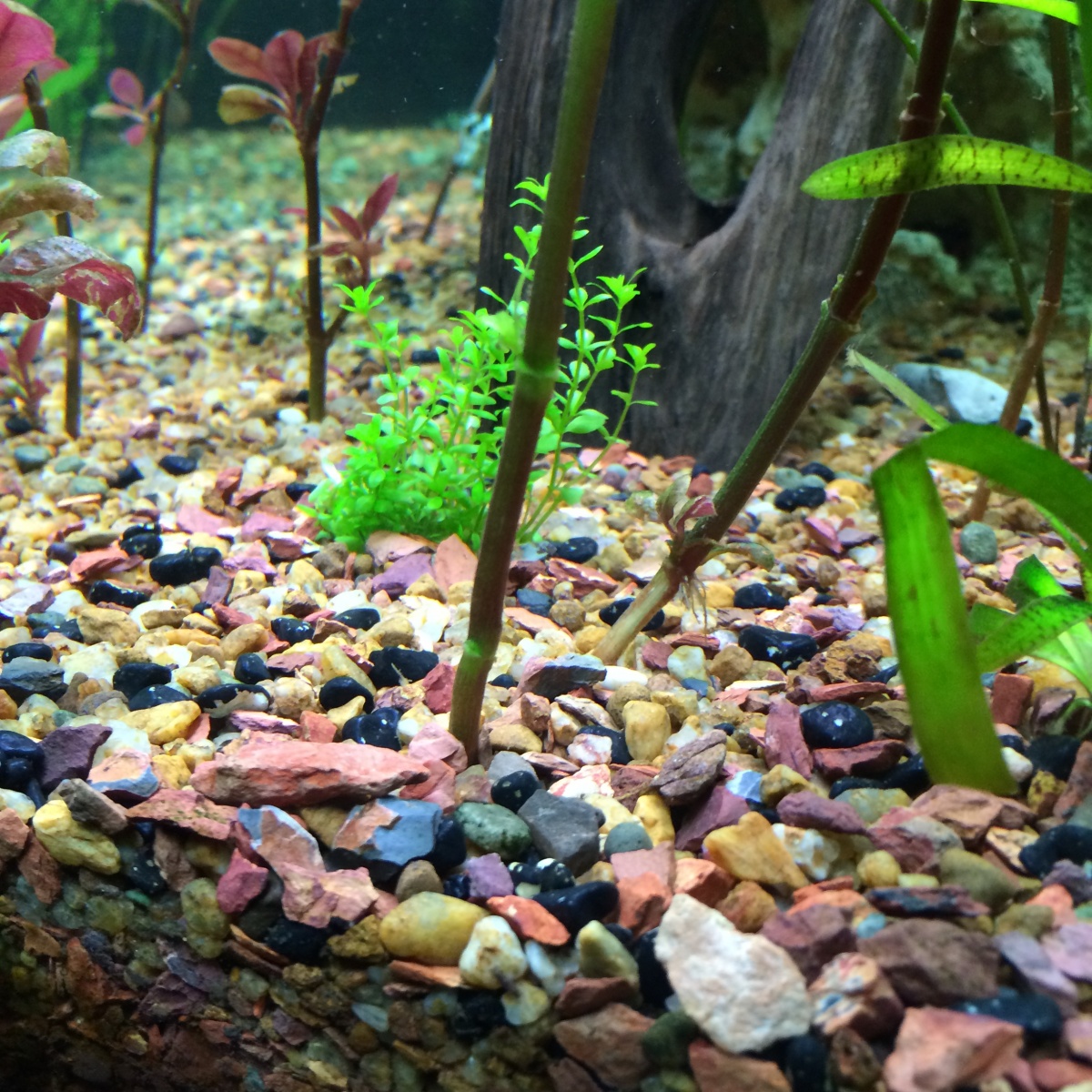
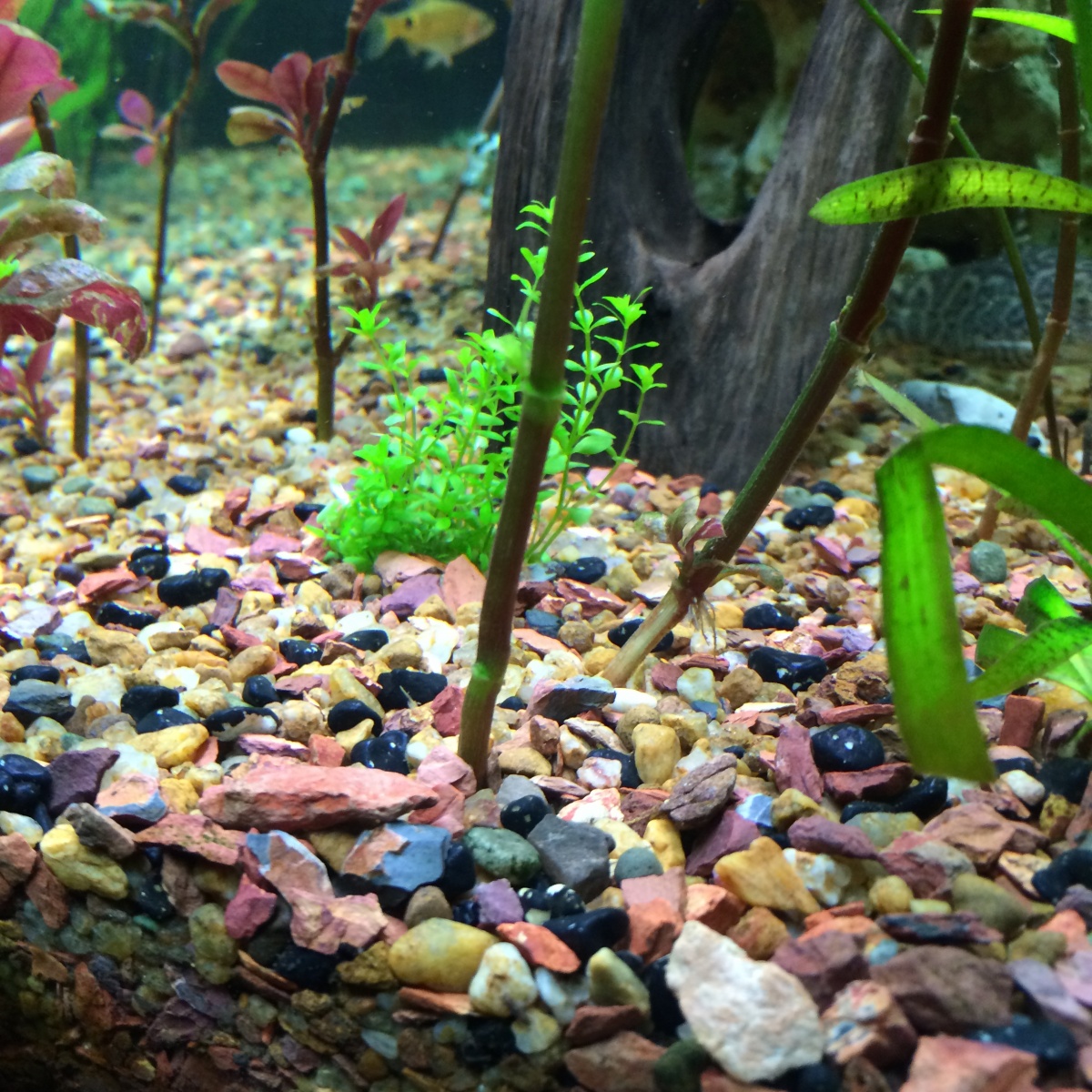
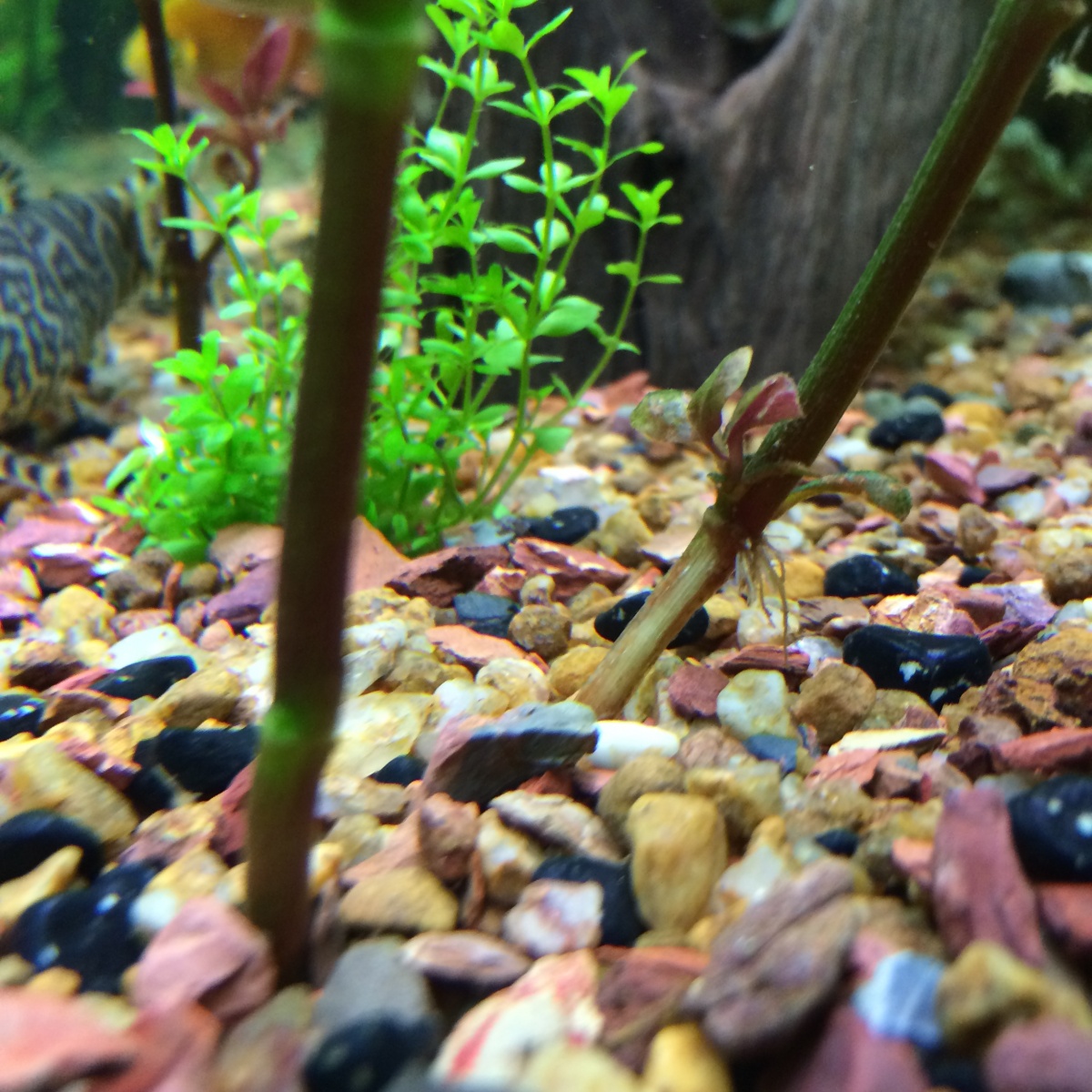
I'm getting stem plants that are breaking off at the base. About one or two a week are going. It's a little frustrating as some are pretty slow growing.
I found a few pics to show what looks like a length of the plant has been taken off. Otherwise the plants seem to have less algae than normal and I'm stuck. Its the plant on the right and looks like the "bark" has been taken off.
Dosing EI ferts roughly (higher in K) + substrate tabs and injected CO2 / quad T5HO.
Any ideas welcome. I do have bn catfish so wondering if it could be them? Was thinking of trying a little picket fence to test the idea??




Last edited:

